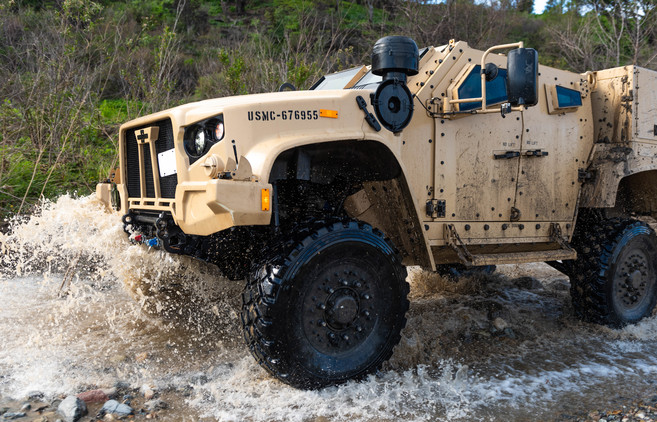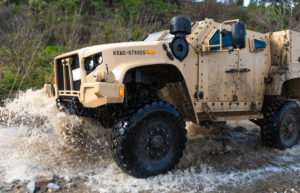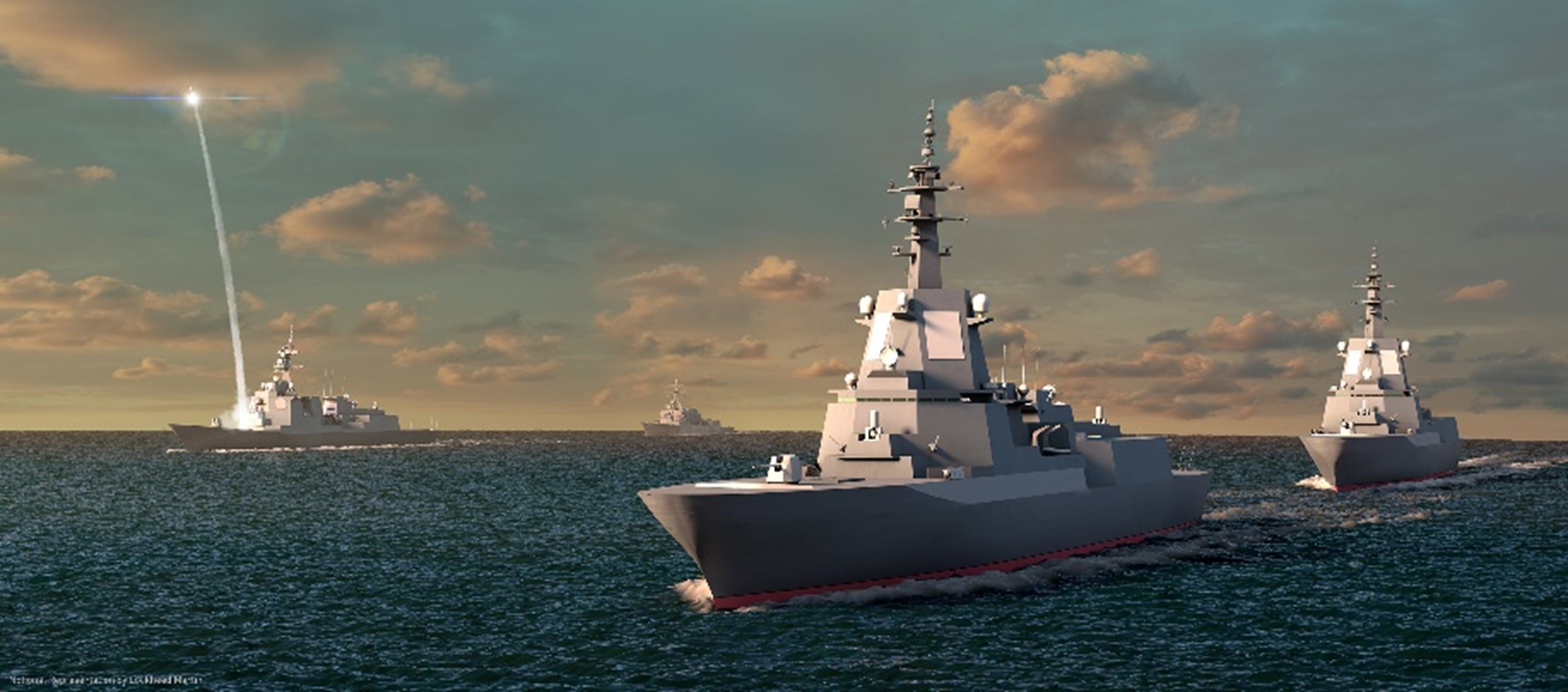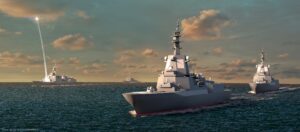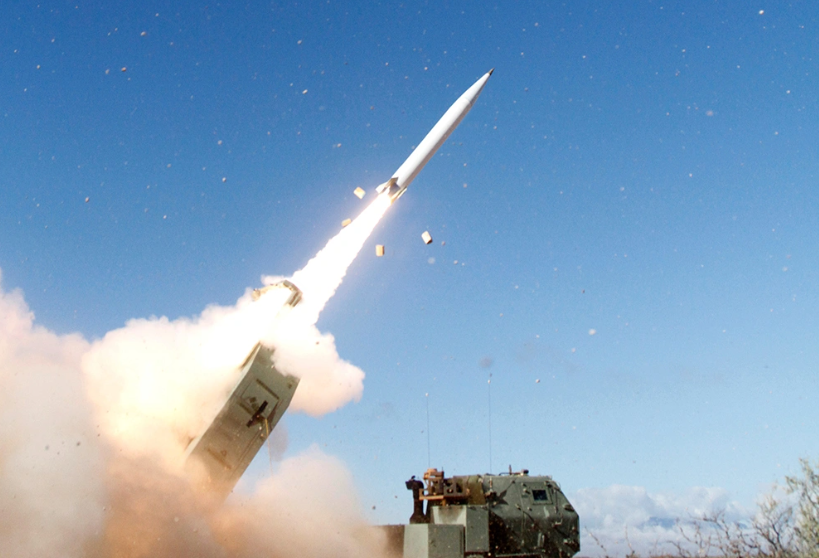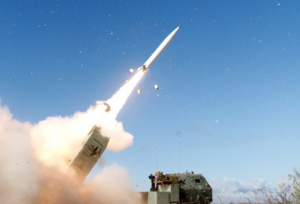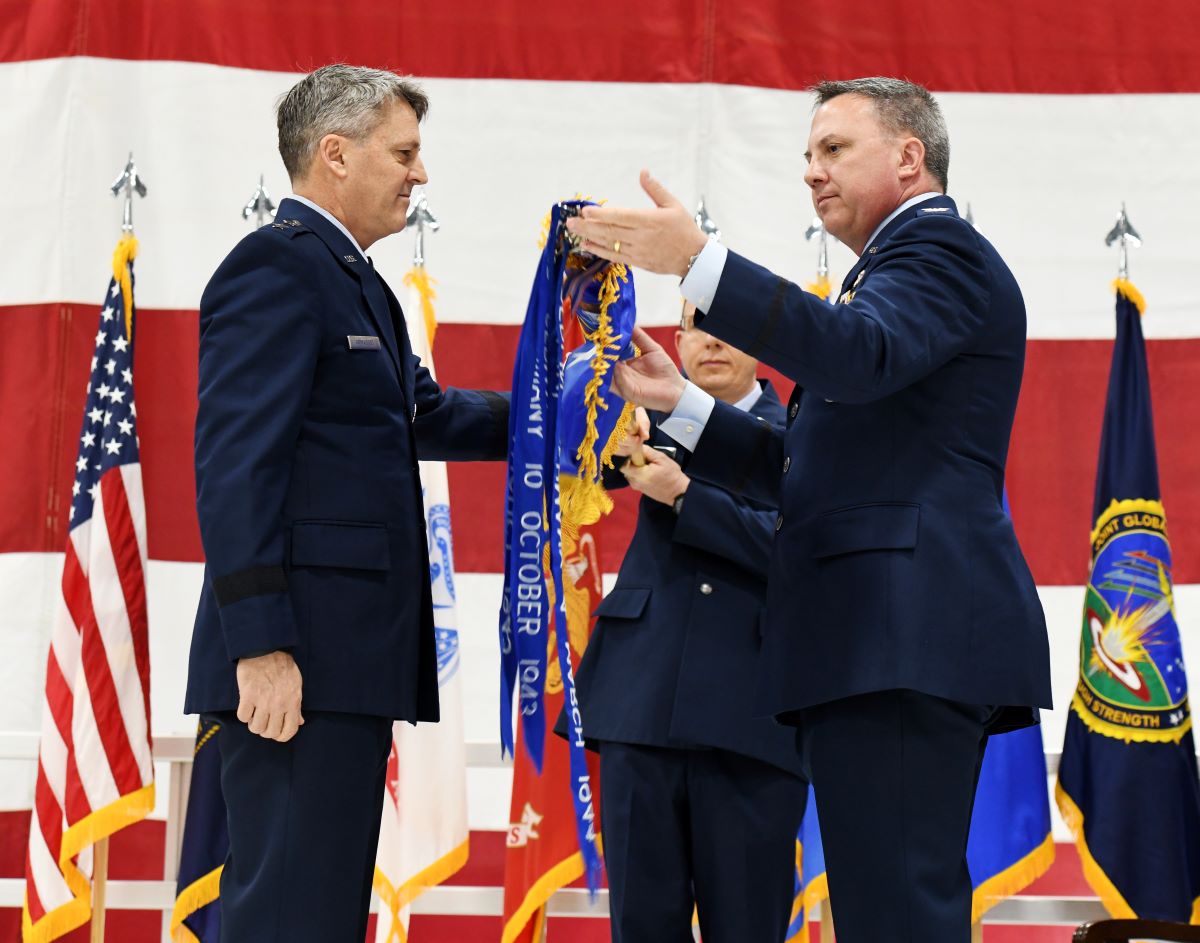The build of the Family of Advanced Beyond Line of Sight Force Element Terminals (FAB-T FET) by RTX‘s [RTX] Raytheon unit is to begin in the second quarter of fiscal 2026 after a Milestone C low-rate initial production decision, according to the U.S. Air Force’s fiscal 2026 budget request.
While Congress provided about $210 million for FET in fiscal 2025, the Department of the Air Force said that it requested no funding for the program in a separate line item in fiscal 2026, as the department transferred FET from U.S. Space Force research and development to the Air Force aircraft procurement account. B-52s and RC-135s are to carry the FETs, and the initial spares and repair parts funding lines for the two aircraft are about the same in fiscal 2025 and 2026–$19 million for the B-52 and $57 million for the RC-135.
The Air Force originally awarded the FAB-T contract to Boeing [BA] in 2002, but, after concerns about Boeing’s performance, re-opened the bidding and awarded the contract to Raytheon in June 2014 for FAB-T. The latter includes two parts: Command Post Terminals (CPTs) for E-4B National Airborne Operations Center and U.S. Navy E-6B Take Charge and Move Out planes; and FETs for B-52 bombers and RC-135s. The terminals are to withstand nuclear effects and to be compatible with Military Strategic Tactical Relay (Milstar), Advanced Extremely High Frequency (AEHF), and Evolved Strategic Communications satellite constellations.
The U.S. Space Force said in its fiscal 2026 budget request that it has fielded all 84 CPTs planned and “will continue to pursue activities that ensure FAB-T CPT terminal interoperability with the full AEHF satellite constellation.”
“Allowing FAB-T to fall more than a decade behind schedule is an indication of the DOD’s reduced emphasis on NC3 [nuclear command and control and communications] in the post-Cold War era,” according to an Atlantic Council paper last year.

